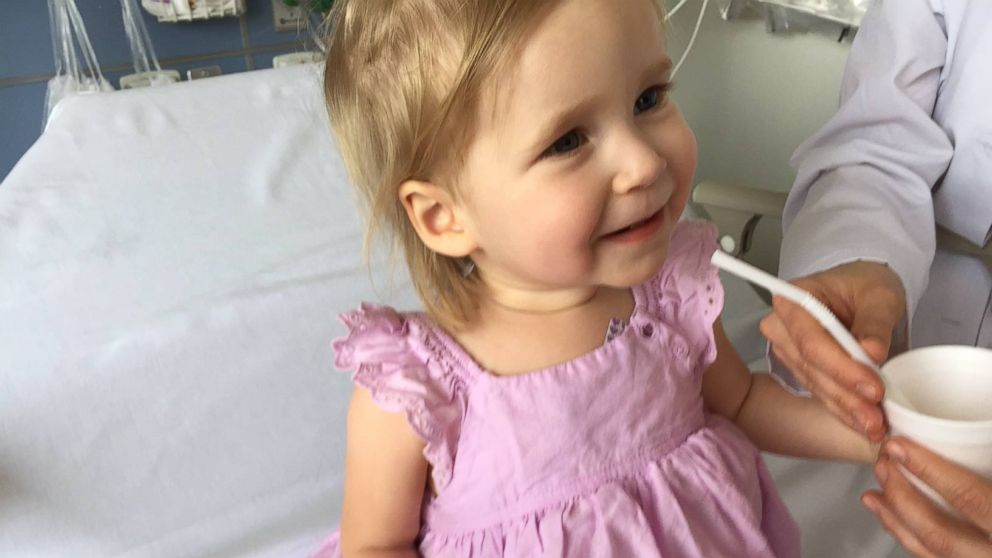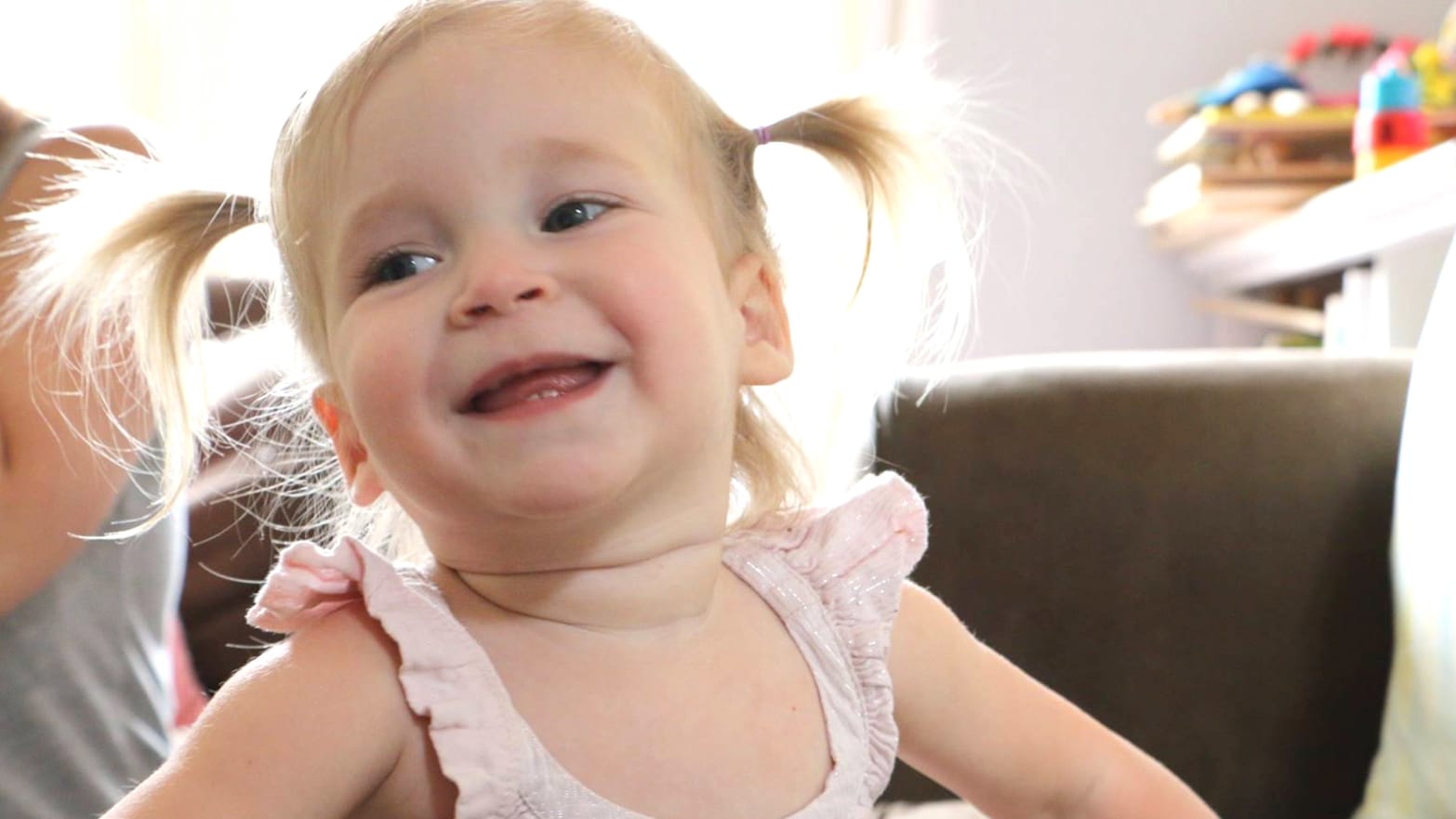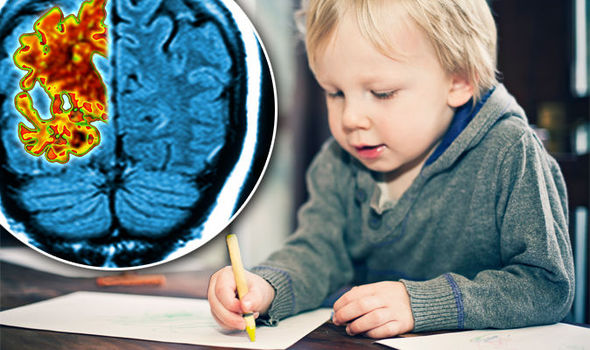Childhood Alzheimer’s is a term that certain people use to express a number of disorders that impact a toddler’s remembering and ability to express.
These disorders have health problems related to Alzheimer’s, but their causes are fundamentally different. Both disorders are pretty uncommon and are transmitted genetically. Niemann-Pick disease type C is the most common developmental condition that causes progressive dementia (NPC).
Clumsiness is one of the initial signs of NPC in toddlers, followed by increased trouble with movement, concentration, and communication. The cognitive decline usually shows up later in life. Memory will deteriorate with time, and kids with NPC will have trouble with speaking, reasoning, and observation.

Table of Contents
What is childhood Alzheimer’s?
The phrase “childhood Alzheimer’s” implies that this is a narrow definition of Alzheimer’s disease that affects youngsters. Thus, it comes out as a misconception. Instead, the term “childhood Alzheimer’s” focuses on two uncommon illnesses genetically inherited abnormalities.
Sanfilippo syndrome, a genetic disorder ailment that causes catastrophic brain degeneration, seems to be another juvenile syndrome sometimes known as “childhood Alzheimer’s.” It is frequently misdiagnosed because it first appears to be autism. It, like Alzheimer’s, causes problems with cognition, communication, and movement. Although the symptoms are similar, the underlying reasons for these dangerous diseases that produce dementia are distinct.
Alzheimer’s disease and Sanfilippo Syndrome both induce brain degradation over time and eventually lead to dementia. For infants with Sanfilippo Syndrome, unfortunately, the brain is simply one of several systems affected by the disease.
Another is, NPC is caused by hereditary, mutant NPC1 or NPC2 genes inherited from both parents. These genetic changes occur due to malformed NPC1 or NPC2 proteins as a result. To convey cholesterol as well as other lipids out of the cells’ lysosomes, the body requires healthy NPC1 and NPC2 proteins.
Cholesterol is required for the production of the cellular membrane, steroid hormones, and vitamins. Cholesterol cannot produce these essential parts if it cannot escape the lysosome. Furthermore, cholesterol and other lipids can build up in the cell, causing aberrant functionality and inducing cell death.
Lysosomal storage abnormalities are what both conditions are. The lysosomes of a child’s cells do not operate effectively when they have one of these hereditary illnesses.

Alzheimer’s disease Diagnosis In Children
Attempting to contact a doctor right away as you sense a youngster is suffering clinical signs will be the first approach toward diagnosis. They will indeed be able to advise procedures for the youngster.
Biochemical, genetic, or combined diagnostics will be used. Biochemical tests entail looking at blood or urine specimens to see if there are any abnormal levels of particular chemicals like proteins or carbohydrates.
Also, biochemical screening may be used by the clinician to make that determination. This level of assessment may assist them pin down the reason before genetic analysis in some circumstances. Genetic testing will help specialists rule out specific disorders or clarify the reason by checking for alterations in genes, chromosomes, and proteins.
Pediatricians don’t check for it because it’s uncommon, and the indications can be modest and difficult to spot. A caregiver may suspect that something must be wrong, but a physician inexperienced with the disorder may convince them that their kid is simply suffering from a developmental disorder, a developmental disability, or another neurological condition—MPS III, for instance, can mimic autism. While genetic analysis such as whole-exome sequencing can help with identification, it’s pretty unusual for parents and their children to go on a “diagnosing journey.”
Is Childhood Dementia and Alzheimer’s disease The Same Thing?
Alzheimer’s disease in infancy does not refer to a particular medical problem. Furthermore, it pertains to the signs and symptoms of infantile dementia, which can be caused by a variety of illnesses. Childhood dementia is a better term for Alzheimer’s disease in children.
Some individuals use the word “childhood Alzheimer’s” alternatively with the expression “childhood dementia.” Alzheimer’s disease and dementia, on the other hand, are not quite the same thing. It may appear that childhood Alzheimer’s and childhood dementia are the same things. However, much as Alzheimer’s disease and dementia are two distinct illnesses in grownups, childhood dementia is distinct from childhood Alzheimer’s disease.
Is NPC and Alzheimer’s disease The Same Thing?
It’s a clever phrase. That isn’t to say there isn’t any resemblance. Dementia is caused by both disorders. NPC has cognitive dementia, which is the biggest point of similarity with Alzheimer’s disease. There’s another element they share in common. NPC is found in the DNA that leads to the accumulation of cholesterol and other fatty substances in many portions of the body, as well as the brain. Cholesterol metabolism plays a significant role in Alzheimer’s disease. While not entirely unrelated, the relationship is more entertaining than instructive. There are many other neurodegenerative illnesses in youngsters that cause dementia, but NPC is the one that has been labeled as “childhood Alzheimer’s.”

What are the effects of lysosomal storage diseases on the central nervous system?
Lysosomes are cellular components that serve in the gastrointestinal tract. Enzymes break down proteins, carbs, and fats within a lysosome. Cholesterol and other fatty compounds accumulate in distant parts of the body, along with the brain, in persons with lysosomal storage diseases.
Sanfilippo syndrome also results in cellular damage and hinders the body’s natural recycling process. The absence of a particular enzyme that typically disintegrates and regenerates a chemical called heparan sulfate causes its lysosomal capacity problem. Because children with Sanfilippo syndrome lack this enzyme, the chemical accumulates in the brain, starting the deterioration cascade. This damages the neurological system by enabling trash to accumulate in brain cells. This creates Alzheimer’s-like characteristics because it is unable to operate normally.
Also, the mutated gene in NPC causes a buildup of big molecules, mainly cholesterol, inside the cells. Unlike Alzheimer’s disease, where cell death is connected to the deposition of identification of biomarkers in the brain such as beta-amyloidal plaque and tau tangles, this slow cholesterol buildup is related to neuron malfunction and ultimately death.
Is it possible to heal Alzheimer’s disease in children?
The large percentages of illnesses and syndromes that induce infantile dementia presently have no treatment. Nevertheless, psychological methods of treatment may assist some adolescents with dementia symptoms, and therapists can assist with clinical outcomes. Several of the neurological leading causes of child Alzheimer’s disease may be treatable to help alleviate suffering. Effective treatments include the following:
- Sleep disturbances: People with sleep problems may require constant positive pressurization equipment to keep their lungs healthy while sleeping. Melatonin or nocturnal tranquilizers may also be prescribed by doctors.
- Some kinds of Batten disease may benefit from enzyme replacement therapy.
- Anti-seizure medicine, central nervous system boosters, and antidepressants are all available from doctors.
- Muscle weakness: Occupational and physical rehabilitation focuses on strengthening muscles, and activity can help people enhance their motor function.
- X-linked adrenoleukodystrophy patients may benefit from blood-forming stem cell transplants.
- Researchers are still looking into the origins and therapies for Alzheimer’s disease in children. This involves looking at medicines that can greatly alleviate the progression of dementia in children.
- Trouble swallowing: If someone has dysphasia, they can repair their gulping ability by drinking liquid or mushy regular meals and engaging with a speech and language therapist. A gastric pipe may be recommended for the treatment to administer food and medical supplies.
Final Thoughts
Each child’s Alzheimer experience is different. Alzheimer’s complications can range in the youngest of children and infants and develop swiftly in some cases. Other youngsters may not display symptoms until they become adolescents. Nevertheless, all youngsters with Alzheimer have the same dilemma: childhood dementia progresses. As their brains become more injured over weeks, months, or years, they gradually lose talents they’ve previously learned, such as the capacity to draw, learn, communicate, move, and socialize. Their brains also lack the capacity to maintain the child healthy and operating properly.
